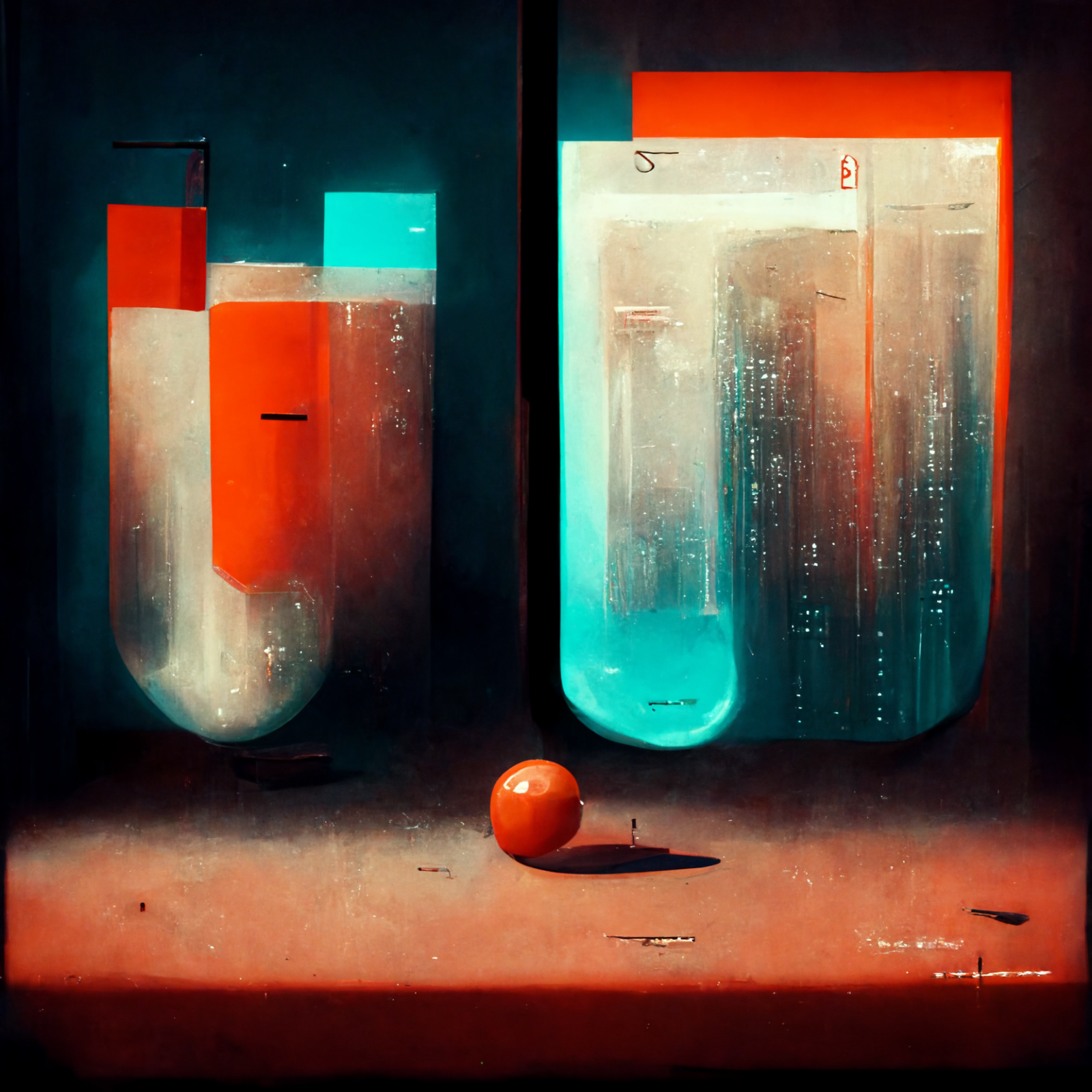In the fast-paced world of scientific innovation, the intersection of machine learning and chemistry has been a topic of fascination for decades. Recent years, however, have witnessed an unprecedented surge in interest within the scientific community, thanks to the advent of advanced deep learning techniques. This intersection has given rise to a burgeoning field known as molecular machine learning, which holds the promise of transforming the way we approach molecular studies.
Harnessing the power of machine learning, researchers have rewritten the playbook on creativity itself. Artificial intelligence (AI) now possesses the remarkable ability to generate original images, music, and text, revolutionizing various industries. With such groundbreaking advancements in other domains, it was only a matter of time before machine learning found its place in the realm of molecular studies, giving birth to the exciting field of molecular machine learning.
Deciphering Molecular Machine Learning
Every machine learning approach hinges on data, and in the world of molecular studies, this data is imperative. Yet, obtaining comprehensive molecular data remains a formidable challenge. It’s scarce and prohibitively expensive to acquire. Before this data can be fed into machine learning algorithms, there’s a critical need to convert intricate molecular properties into a format that machines can comprehend and learn from.
Molecules, as we know them, consist of atoms interconnected by chemical bonds—a complex structure that machines struggle to decipher. To bridge this gap, molecular data is represented using a system known as SMILES, which stands for Simplified Molecular-Input Line-Entry System. This ingenious method was conceived in the 1980s as a way to describe a molecule’s chemical structure using ASCII string notation.
For instance, Nicotine, chemically denoted as C10H14N2, can be represented as CN1CCC[C@H]1C2CCCNC2 in SMILES notation.
Thankfully, one need not be burdened with memorizing these intricate notations. During the process of converting molecular structures into models, several molecule editors can automatically transform SMILES strings into 2D or 3D representations of molecules. Moreover, this conversion can be seamlessly achieved in Python using cheminformatics and machine learning toolkits like RDKit.
However, a lingering challenge remains—the sequential nature of SMILES strings poses difficulties for certain machine learning models due to variations in the number of atoms and sequence length. To overcome this hurdle, SMILES strings have been converted into numerical vectors that can be readily processed by machine learning algorithms—a technique known as molecular featurization.
Once a molecule is successfully featurized, the machine embarks on the crucial phase of learning. Multiple algorithms are available for this purpose, ranging from simple fully connected networks to more intricate approaches like graph convolutional techniques. These functions equip the machine with the capability to analyze and, ideally, fulfill the demand for innovative molecular designs.
Applications of Molecular Machine Learning
Molecular machine learning has emerged as one of the most promising approaches in recent years, offering a novel pathway to molecule creation. Let’s delve into three critical applications where this field is making waves:
1. Accelerating Development Time
In the contemporary landscape, the sluggish pace of research and development often leads to material and medicinal failures. Machine learning is poised to change this narrative by expediting the process. The typical timeline for a molecule to transition from a concept to a practical application currently averages around ten years, not to mention the substantial financial investment required in drug or molecule development. According to Scientifist, the average duration for a drug to progress from discovery to development is a daunting 12 years.
2. Discovering Materials
Molecular machine learning not only accelerates development but also aids in the discovery of new materials. Three decades ago, it seemed impossible to predict the structure of crystalline solids solely based on their chemical composition, a challenge that persists today. However, recent advancements in generation algorithms and energy evaluation methods have expanded the scope of predicting classical crystal structures for a broader array of solid molecules. Despite their potential, these methods remain computationally intensive and energy-draining.
3. Predicting Material Properties
Machine learning has proven instrumental in forecasting the properties of numerous elements. This predictive capability becomes crucial when specific material attributes significantly enhance application performance. For example, machine learning can predict material properties such as superconductivity, bulkiness, shear strength, and band gaps.
The Road Ahead
Machine learning has demonstrated its potential to compete with conventional molecular computation, ushering in a new era of molecular machine learning. However, it faces certain limitations, including the absence of a standardized evaluation platform for proposed algorithms, a shortage of expertise in obtaining precise results, and a dearth of data—a hindrance to translating molecules into machine-readable formats.
With boundless potential and a vast scope for research and discovery, the future of molecular machine learning holds immense promise. As this field continues to evolve, it will be intriguing to witness where it ultimately leads.







Leave a Reply